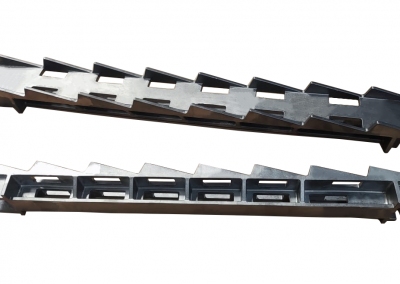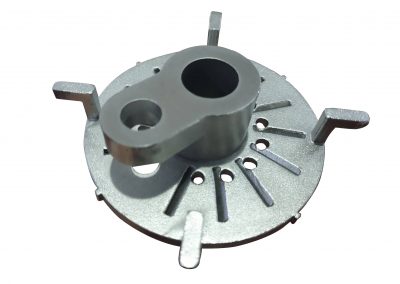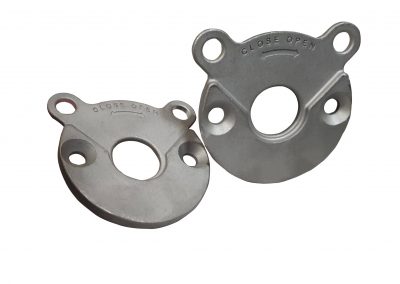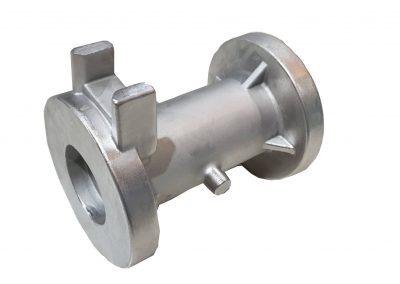What is the difference beetween Investment Casting and Lost Wax Casting?
Sometimes Investment Casting is also called “Lost Wax Casting”. So what is the difference between Investment Casting and Lost Wax Casting? They may be similar, but there is a very thin line of difference between Investment Casting and Lostwax Casting. We can differ them with their process, if the investment casting is done by using wax pattern mold, then it is called lost wax casting.
- In Lost Wax Casting, the wax patterns were made manually for each piece. While in Investment Casting the metal was formed to produce high-quality casting components.
- Investment Casting is mainly used to manufacture critical and complex parts, while Lost Wax Casting is mostly used for small parts such as jewelry casting and fashion accessories.
- In Lost Wax Casting only one pattern can be used to make numerous patterns even though the pattern is melted and lost. But on the other hand, investment casting can produce exact replica of the desired casting.
- Lost Wax Casting manufacturer focuses on precise wax or mold design, while Investment Casting focuses on metal alloys like nickel alloy, copper alloy, cobalt-based, or superalloy.
Advantage Of Using Investment Casting
- Flexible Design
- Less Waste, Strong Manufacturing Cost
- Tighter Tolerance (More Precise)
- Excellent and smooth surface finish
- Reduce the need for secondary machining.
- Wide selection of cast metals and alloys
Why Should You Choose Zenith?
- Engineering, With 20 years of experience in Lostwax Casting, we are experts in casting any kind of products and materials. Updating knowledge is a must as part of our Engineering team’s daily workload.
- Quality Focus, Our focus is Zero defects at the customer site.With ISO 9001:2015, ISO 13485:2016, CE Marking and PED 2014/68/EU Annex. I,4.3 & AD 2000-W0 certified, we have a system to control every production step to get the required quality that customer needs,
- High Capacity, Our capacity a month can cover 120 tons with available induction furnaces range from 100kg, 150kg, and 250 kg.We also have 1 dedicated line for medical products (zenmed+)
- IT Utilize System, With every process is managed using a cloud system, the information flow is very quick and accessible everywhere & anytime.We also enable Extranet for customers to check their PO progress and related information and documents.
- Lean Manufacturing, By applying Lean Manufacturing, every process steps is Visual Controlled and Every Waste is identified and controlled using Continuous Improvement/Kaizen.
- Health, Safety, & CRS, By having certified for ISO 45001:2018 and ISO 14001:2015, We are committed to concern with our People Health, Safety & Environment. We are also a permanent donator for Indonesia Cancer Foundation and supporting Orphans nearby the Factory.
Contact Us

What Is Tooling In Investment Castings?
Tooling in Investment Casting is considered to be wax-injection dies that are used to create wax patterns. If you're following us from our previous trivia posts or you're familiar with how investment casting works, you already know that these wax patterns form the...

Preparing Shell for Lost Wax Casting
Description The Investment Casting Process is to coat multiple layers of refractory coatings on the surface of the wax mold. Afterward, it is dried and hardened, the wax mold is melted by heating to obtain a shell with a cavity that matches the shape of the wax...
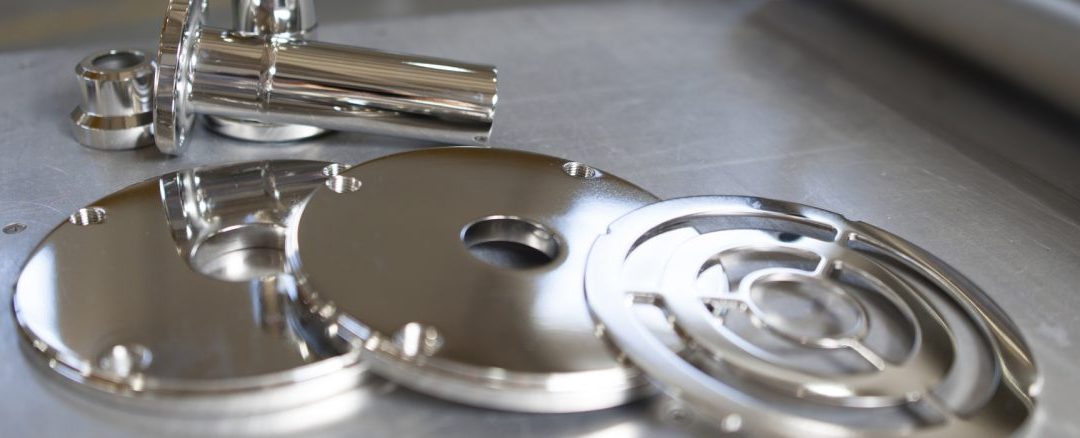
What is ElectroPolishing?
Electropolishing or also known as electrochemical polishing, anodic polishing, and electrolytic polishing is really useful for polishing and deburring parts that have complex geometries or are fragile. Electropolishing is an electrochemical finishing process that...

What Is Cast Steel Pouring Process?
Description In investment casting, the process of pouring cast steel is a very important step. The most commonly used pouring method in investment casting is gravity pouring. First, the molten steel is poured from the furnace into the casting ladle and then...

Mold Material Defects
Mold Materials Defects In investment casting, defects are a common problem, for example, this can't be happening in the medical industry, because of its high standard so the finished product needs to be as precise as possible. Mold material defects usually caused by...

